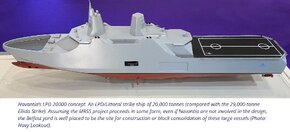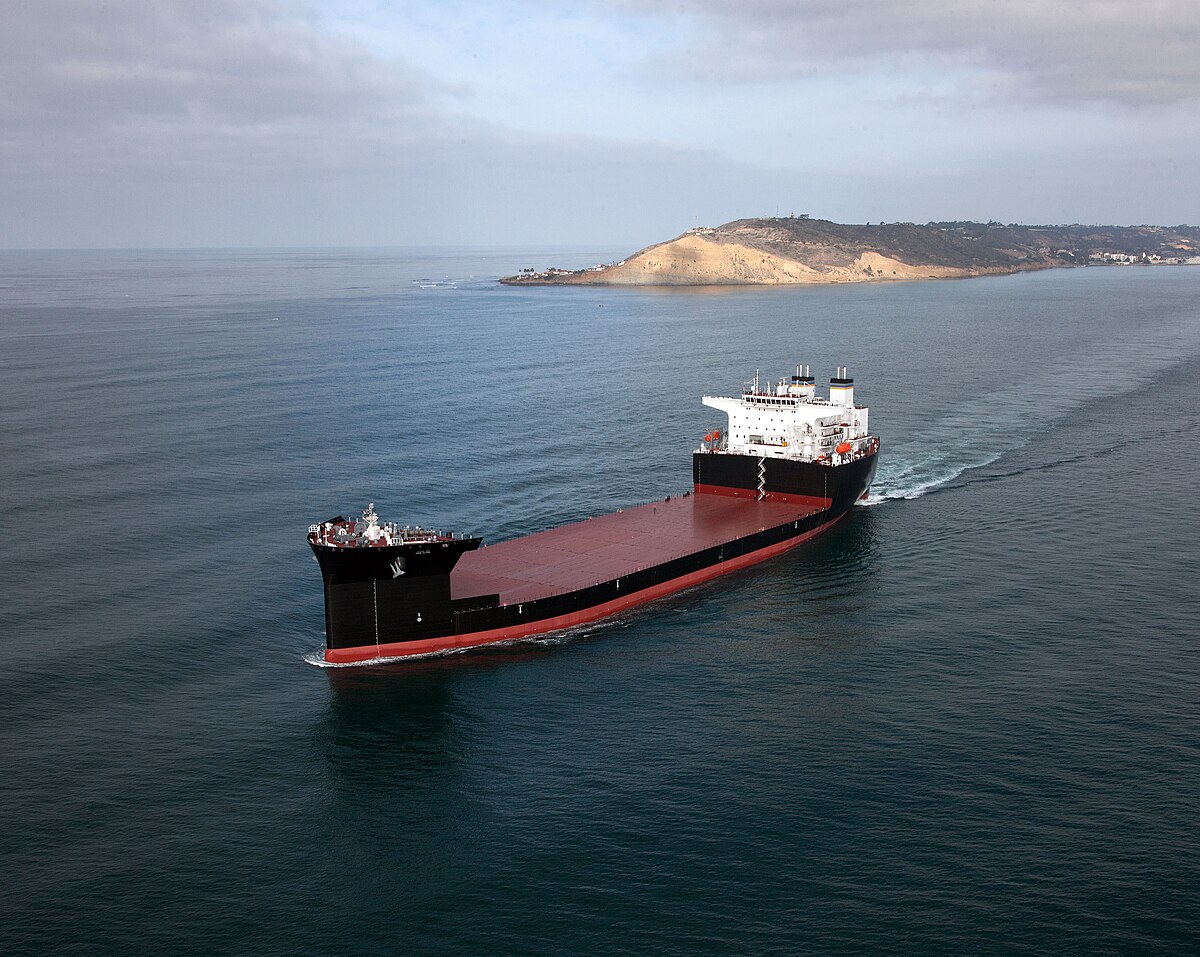While the Phalanx loader cassette does only have sufficient rounds for reasonably short engagements, ships fitted with the weapon generally have the capacity to reload a considerable number of times. More detail not forthcoming.
Sea RAM’s whole concept is for it to be easily reloaded at sea. Can’t remember whether it takes three or four personnel, but it’s not much more than that; and it requires a bit of kit but not a lot. There are videos on YouTube showing it being done.
The Bushmaster M242 25mm gun is what RAN currently uses mounted in a Rafael Typhoon remote weapon station, it’s the RWS networked with the combat system that does the targetting…I am not sure anyone has ever suggested the Typhoon is lacking compared to similMe being me, I would really much rather the RAN drop the Bushmaster II 30 mm gun and adopt a navalised version of the Oerlikon KCE 30 mm which is the gun used in the Skyranger 30. Yes, the mounting will likely be more than a Bushmaster II + Typhoon combo, but then the RAN would be operating a weapon designed to deal with a range of close aerial threats. The Bushmaster II, with a max ROF of ~200 rds/min and AFAIK not designed with a targeting system intended to engage maneuvering aerial targets would likely be hard pressed to hit small jinking UAV's never mind score hits on inbound missiles.
Somehow though I suspect the Australia will stick with the Bushmaster family even for applications where there are much better options available.
The 30mm Bushmaster II gun that RAN has selected is to be mounted in the Rafael Mk.30C Remote Weapon Station, which is an updated version of the Typhoon RWS, which again does the targetting, provides stabilisation etc.
The main difference between the 2 apart from 20 years of technological development and greater range and lethality of the 30mm round compared to the 25mm round, is that the 30mm affords the ability to employ proximity fused rounds and programmable ammunition (like AHEAD) natures both of which are vastly superior in the anti-air role compared to the typical HEI rounds employed by the 25mm guns.
The Skyranger is not a marinised system so you can imagine the problems there putting it on a naval vessel…







